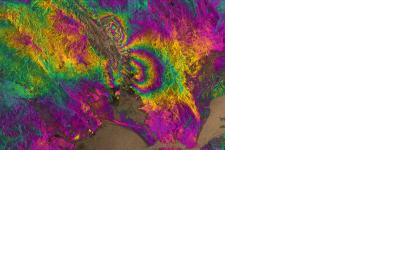The United States Geological Survey (USGS) of the Department of the Interior provided significant information on the characteristics and trend of earthquakes in 2014.
USGS estimated that the number of large earthquakes decreased from 19 in 2013 to 12 in 2014 but that moderate seismic activity was registered in areas relatively new to seismicity. Worldwide, 11 earthquakes reached magnitude 7.0-7.9 and one registered magnitude 8.2, in Chile, on April 1.
According to the United Nations Office for Coordination of Humanitarian Affairs (OCHA), earthquakes were responsible for about 664 deaths in 2014 in various countries: China, Chile, Nicaragua, Papua New Guinea, and the United States.
USGS's National Earthquake Information Center (NEIC) publishes the locations for about 40 earthquakes per day and 14,500 annually. USGS NEIC receives real-time data from 1,700 stations in more than 90 countries. Among these it is of great relevance the 150-station Global Seismographic Network, which is jointly supported by the USGS and the National Science Foundation. Furthermore, USGS and its partners in the multi-agency National Earthquake Hazard Reduction Program are working to improve earthquake monitoring and reporting capabilities through the development of the USGS Advanced National Seismic System (ANSS).

